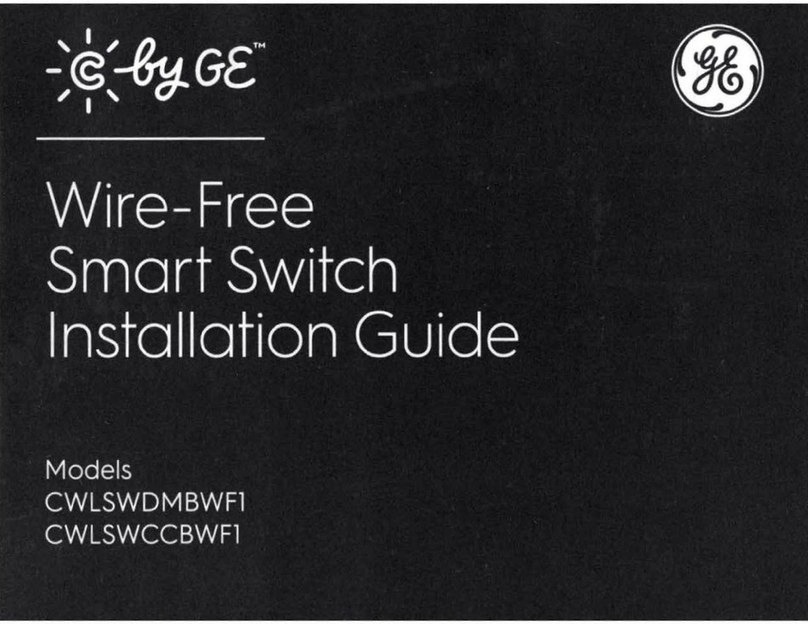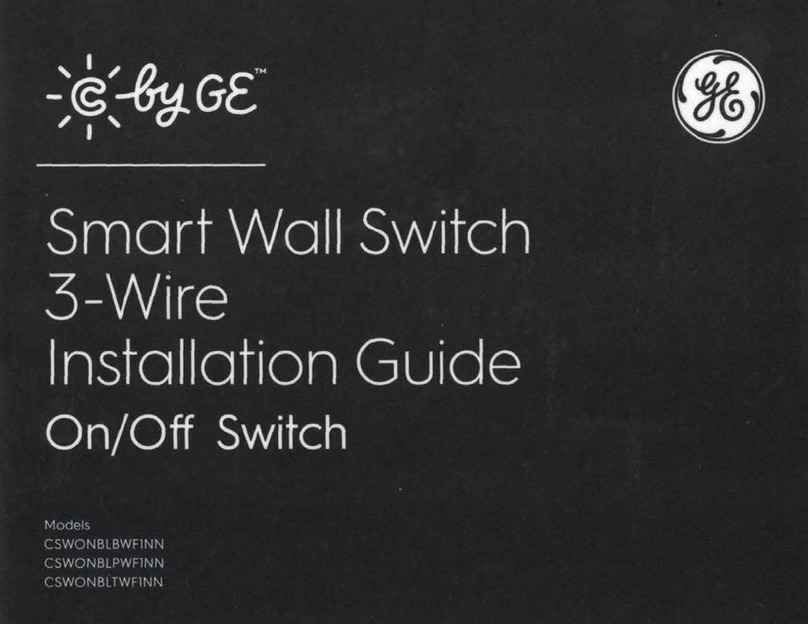GE POWERMASTER AKD-5 User manual
Other GE Switch manuals
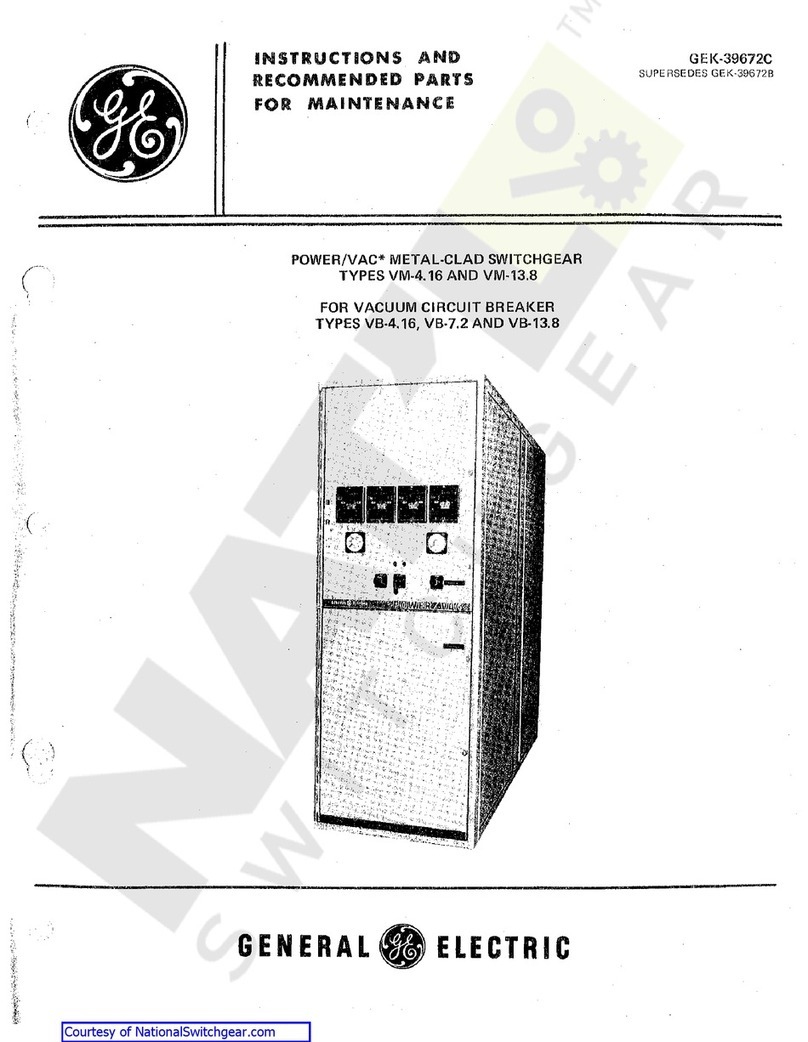
GE
GE Power/Vac VM-4.16 User manual
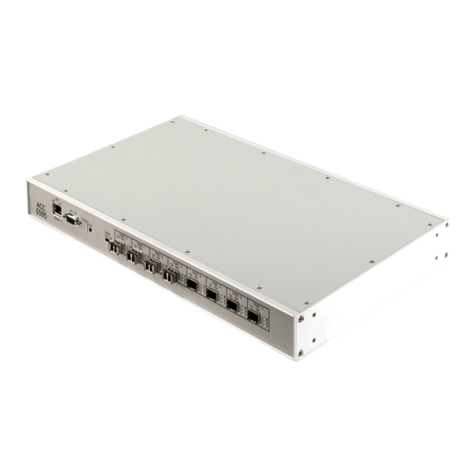
GE
GE VMIACC-5595 Series User manual
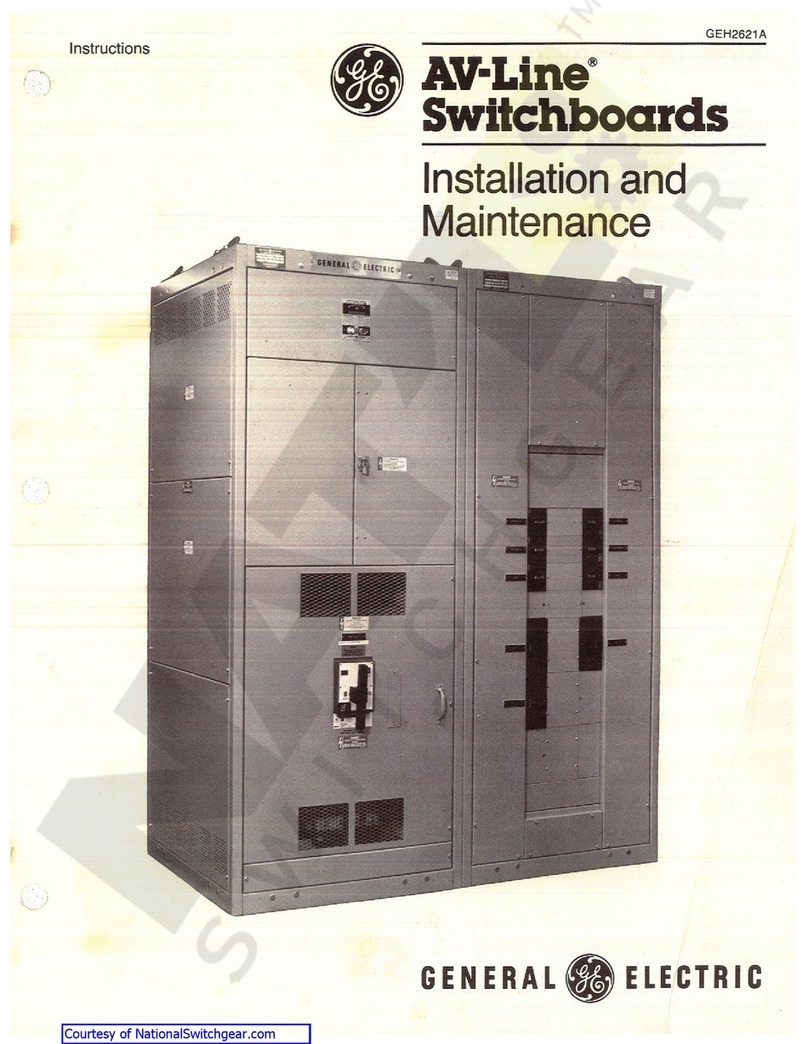
GE
GE AV-Line Instruction Manual
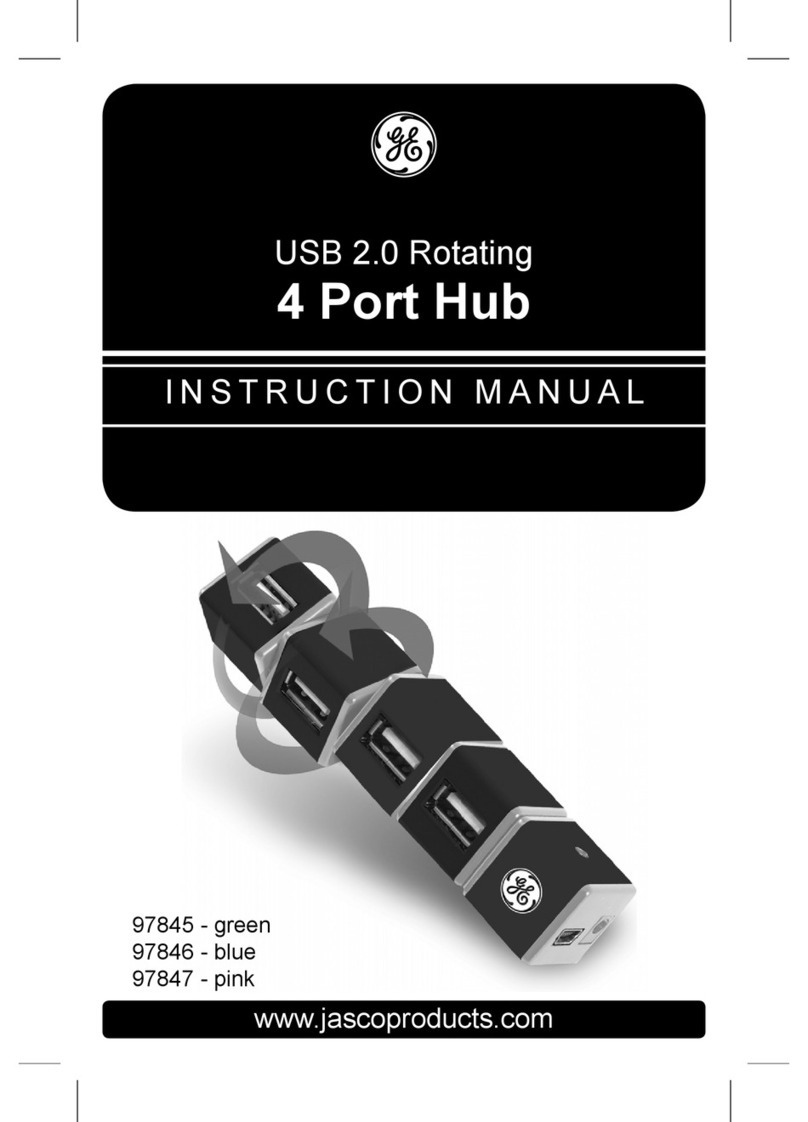
GE
GE 97845 User manual
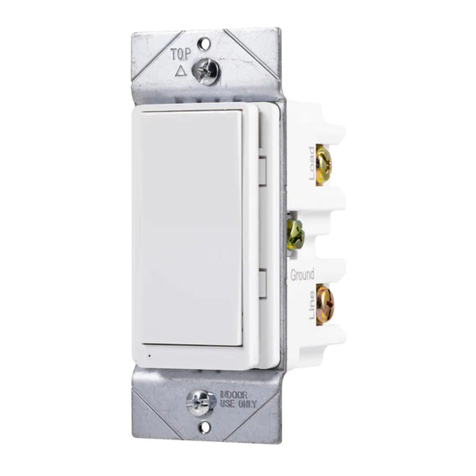
GE
GE 40792 User manual
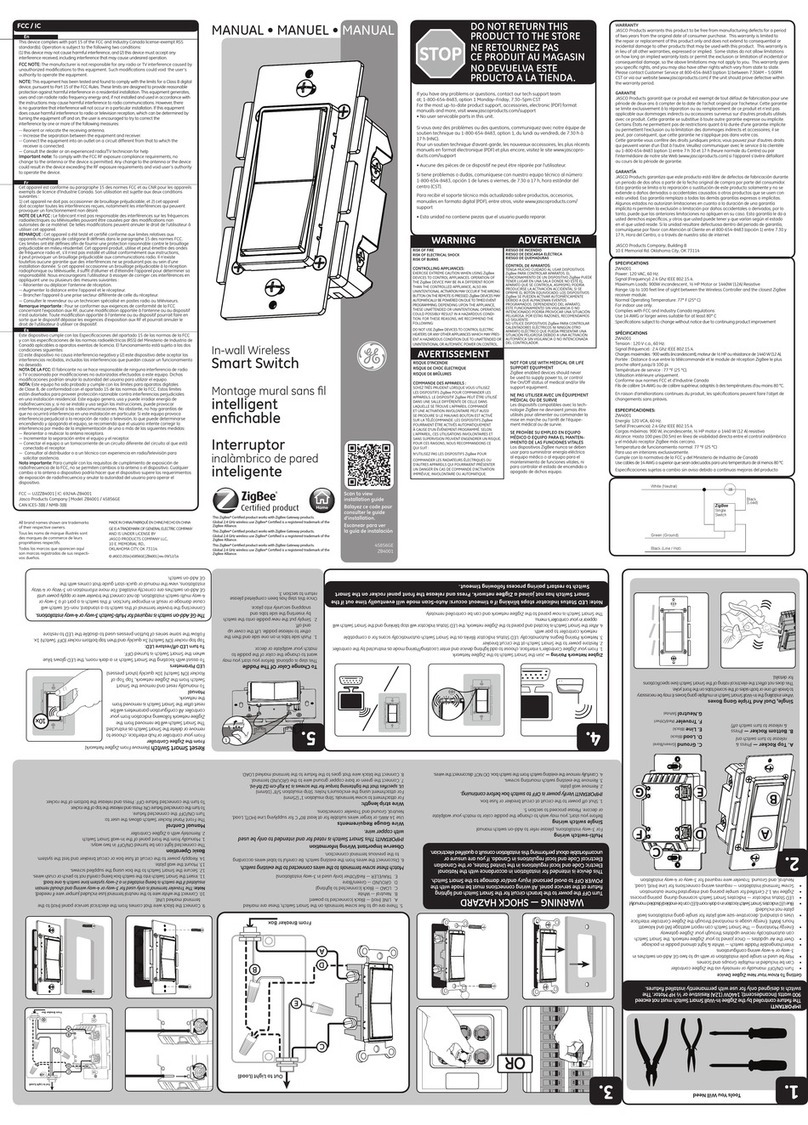
GE
GE ZB4001 User manual

GE
GE SE-100E User manual

GE
GE "ExecutiveSeries"USB2.0 HO97863 User manual
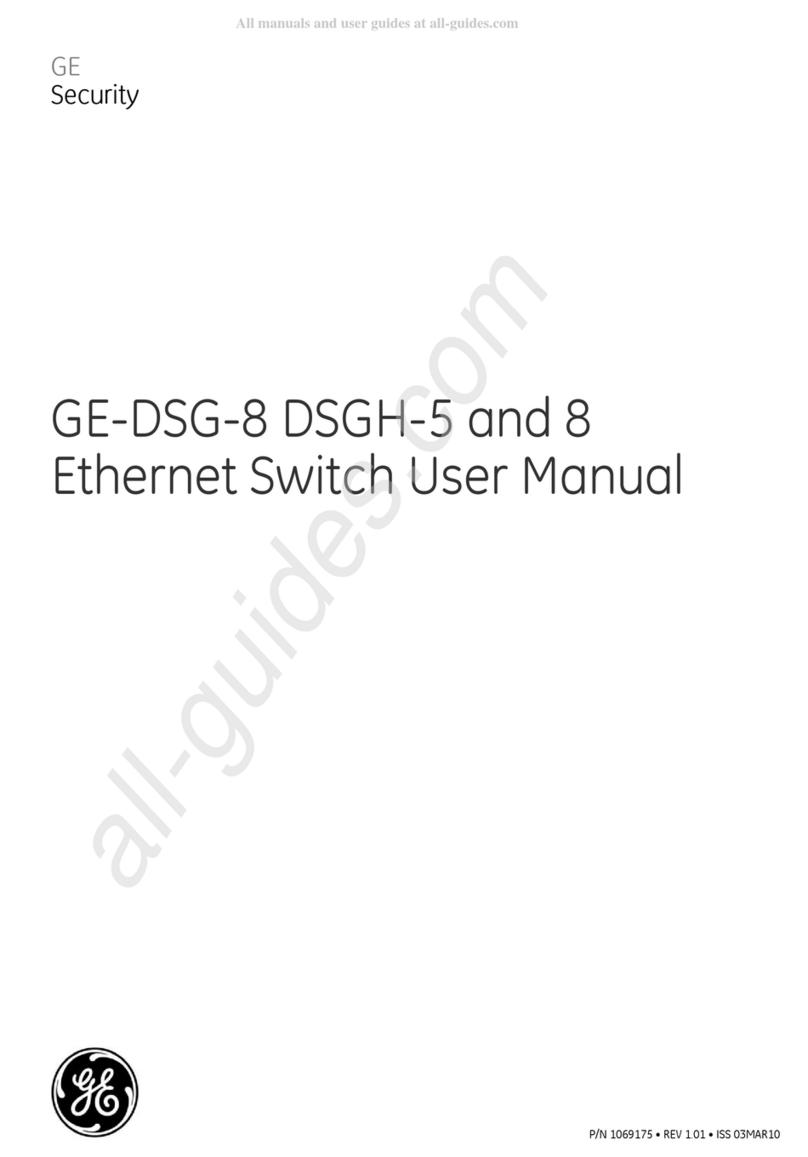
GE
GE GE-DSG-8 DSGH-5 User manual
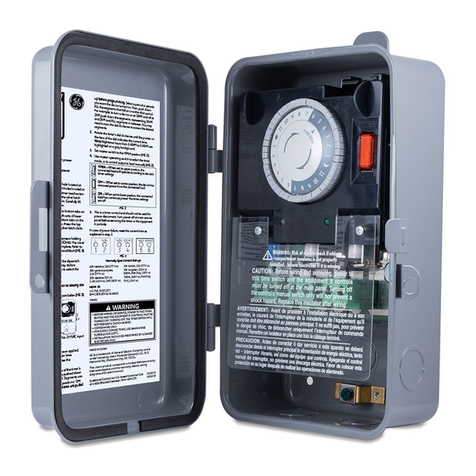
GE
GE BM-C303US5-04 User manual
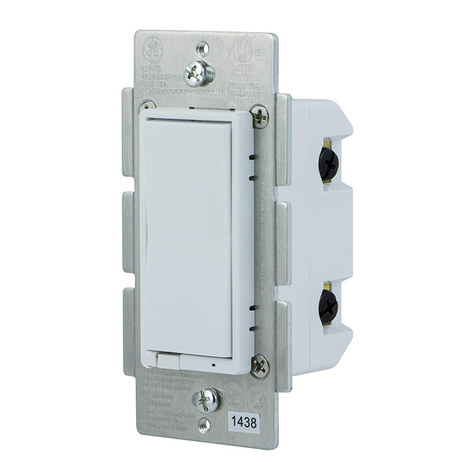
GE
GE 45609 User manual

GE
GE 28169 User manual

GE
GE Zenith ZTS Series User manual

GE
GE RAK204 User manual

GE
GE Digital Energy STS-230-25-2-RM User manual
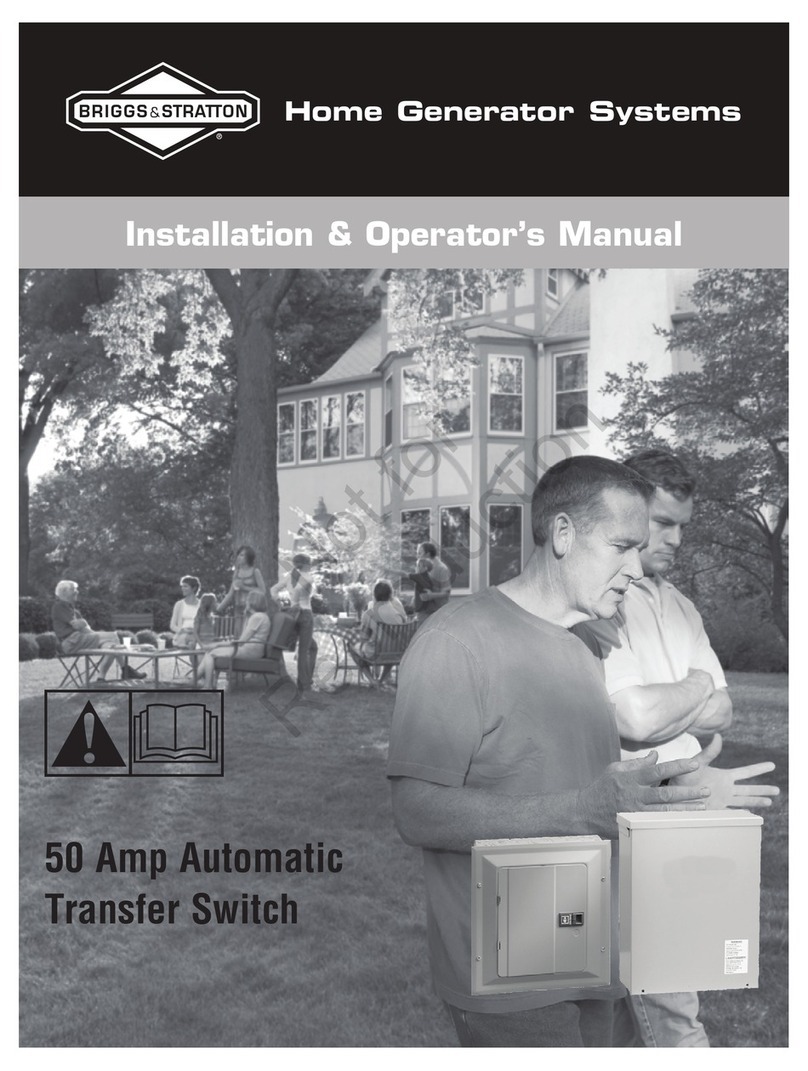
GE
GE 50 AMP AUTOMATIC TRANSFER SWITCH Setup guide
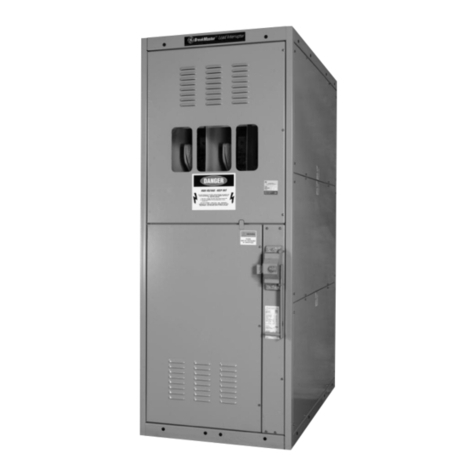
GE
GE BreakMaster Instruction Manual
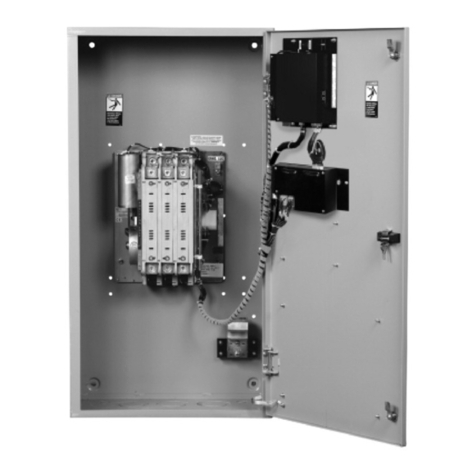
GE
GE 70R-1000D User manual

GE
GE GEH-4763 User manual
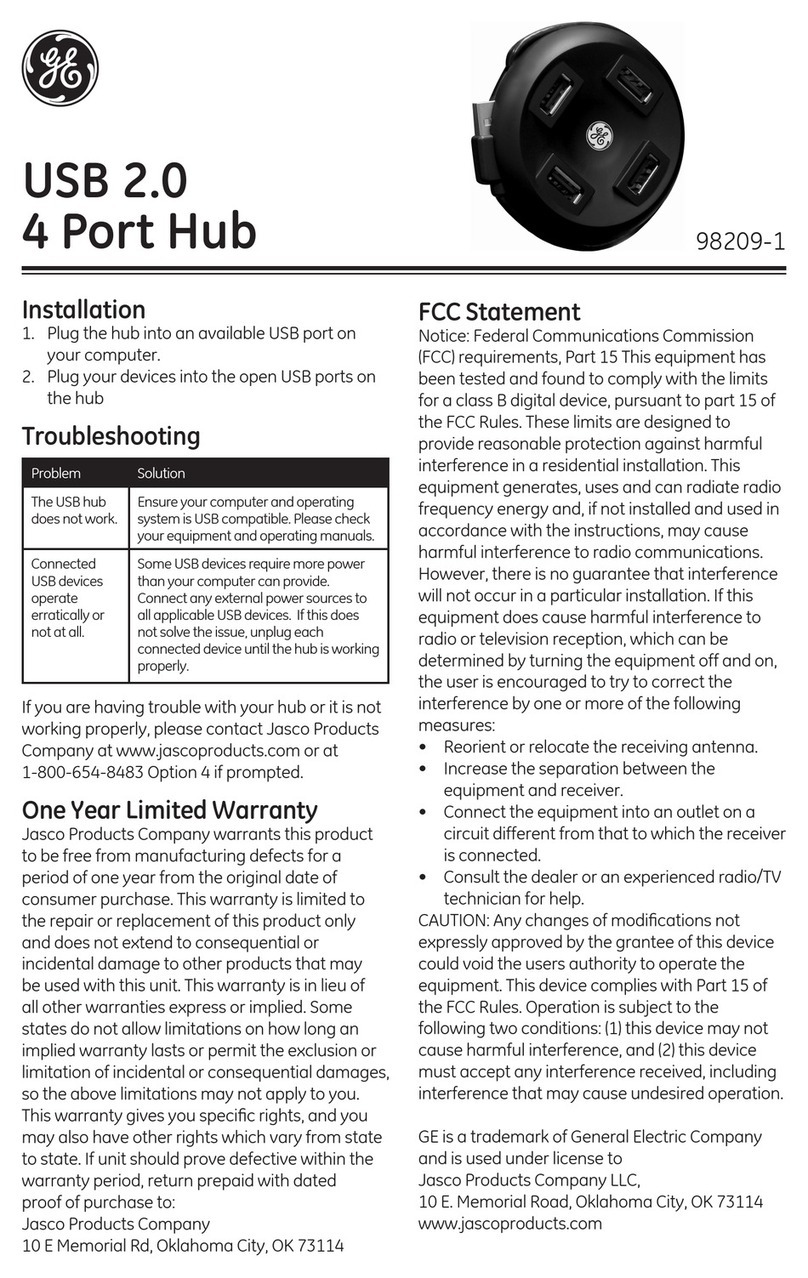
GE
GE 98209-1 User manual
Popular Switch manuals by other brands

SMC Networks
SMC Networks SMC6224M Technical specifications

Aeotec
Aeotec ZWA003-S operating manual

TRENDnet
TRENDnet TK-209i Quick installation guide

Planet
Planet FGSW-2022VHP user manual

Avocent
Avocent AutoView 2000 AV2000BC AV2000BC Installer/user guide

Moxa Technologies
Moxa Technologies PT-7728 Series user manual

Intos Electronic
Intos Electronic inLine 35392I operating instructions

Cisco
Cisco Catalyst 3560-X-24T Technical specifications

Asante
Asante IntraCore IC3648 Specifications

Siemens
Siemens SIRIUS 3SE7310-1AE Series Original operating instructions

Edge-Core
Edge-Core DCS520 quick start guide

RGBLE
RGBLE S00203 user manual
